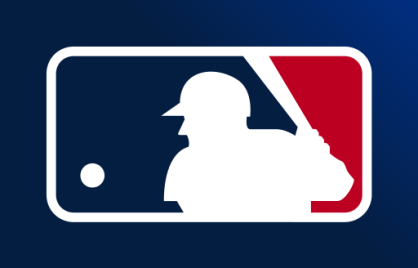6 Ways Casinos Stop Dice Cheats
Summarize this post
In most casino games, there are strategies players can use to at least slightly reduce the house’s edge. Sometimes however, these tactics stray from advantage play into straight up cheating.
 This is especially true in dice games, where players have a physical hand (literally) on the outcome. The methods cheaters try and use to influence the roll of the dice have in turn made casinos start using some tricky tactics of their own.
This is especially true in dice games, where players have a physical hand (literally) on the outcome. The methods cheaters try and use to influence the roll of the dice have in turn made casinos start using some tricky tactics of their own.
1. Sliding Dice
How It Works: What it sounds like, this is essentially an artform that takes away a usual dice tumble’s randomness by sliding it, so that a desired number comes up.
How Casinos Stop It: People can throw dice in strange ways, and a dice sliding on the felt instead of tumbling now and again isn’t uncommon. But when it happens frequently from the same player and results in frequent big wins, casinos are quick to catch on.
President of Universal Game Protection Sal Piacente recently told Maxim that sliding dice, “takes just two weeks to learn how to do. Then you can make a lot of money—until you get caught.”
Case in point, the two Cleveland men that were caught sliding in 2015 and convicted of felony cheating at gambling charges:
2. Loaded Dice
How It Works: Maybe the most famous dice-manipulating trick, this involves tampering with the die so certain numbers come up more than others.
This can be done by shaving off parts of particular sides (even 1/500 of an inch can affect a die’s odds) or manipulating the die’s interior by adding or removing weight.
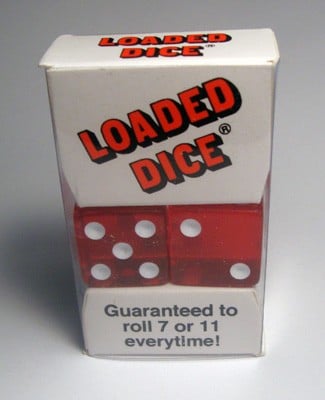
How Casinos Stop It: Dice at most casinos are transparent, making most internal imbalances immediately noticeable. Additionally, casino dice come in packets of five and each die is marked with a matching serial number. If two dice with mismatched numbers were to appear on the table at the same time, the dealer and pit boss would know something is up.
Other marks make replicating a casino’s dice extremely difficult, such as a casino’s logo or a monogrammed letter underneath the paint on one of the die’s white ‘pips’ (circles).
3. Past Posting
How It Works: In craps, ‘past posting’ is placing a bet on the table after the dice have already come to rest after a throw.
Craps cheaters do this by asking the dealer for change right as the dice are about to be rolled. Scammers then sneakily place chips on the winning spot as the dice come to a stop and the dealer is distracted.
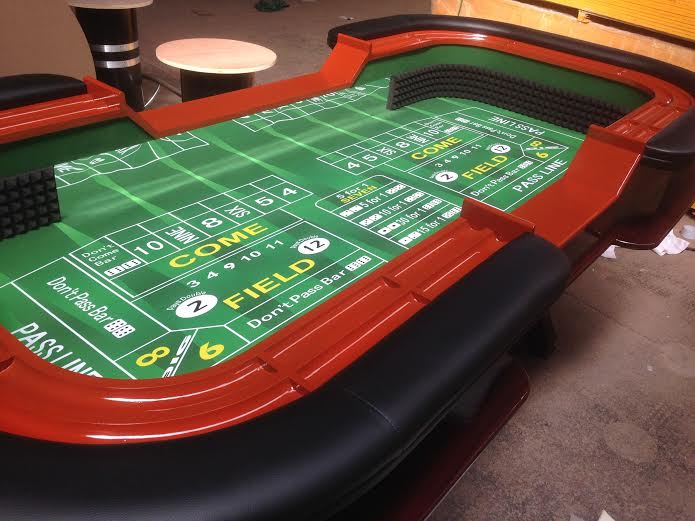
How Casinos Stop It: Pit bosses, dealers, and the ‘eyes in the sky’ monitor craps players closely for past posters.
Many craps tables also have mirrors situated along the rails that allow dealers to see if anything (like chips) are frequently in players’ hands.
In 2001, one craps cheater took three Detroit casinos for $86,000 before being figured out. In return for this felony, the courts gave him 25 years.
4. Hop Bets
How It Works: In craps, ambitious players can make what is called a hop bet. This legal wager is essentially trying to predict the numbers of both dice on a single roll.
Since many tables do not have a designated place for it, the wager is often made audibly. Where things get dicey is when dealers and players collude on hop bets.
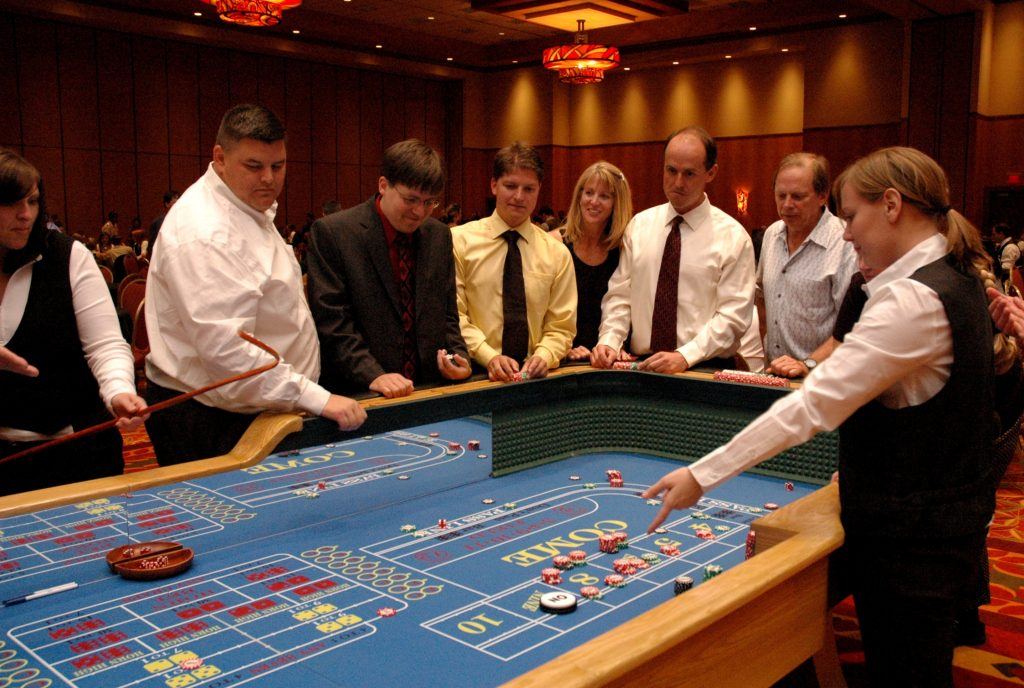
That is exactly what happened when three men that took the Bellagio for $1 million from 2012-2014. One player would mumble something that the dealer would then ‘interpret’ and pay out as a correct hop bet.
How Casinos Stop It: Since hop bets are legal at many tables and security cameras don’t record audio, it can be difficult for casinos to identify if cheating is occurring.
Although, when your series of wagers defies 452 billion-to-one odds (as the cheaters’ mentioned above did), you’re just asking for trouble and in their case, several years in prison.
5. Shaving Corners
How It Works: Again, swapping tricked dice into a casino game is extremely difficult considering all the unique identifiers a cheater would have to try and account for in their re-creation. Another easier way to manipulate dice is to shave down the corners next to undesirable numbers to encourage rolls to land on more favorable ones.
How Casinos Stop It: Unlike the dice that come with board games like Boggle, casino dice have notoriously sharp corners. These help ensure a random roll and erase any bias existing within the die’s weight balance.
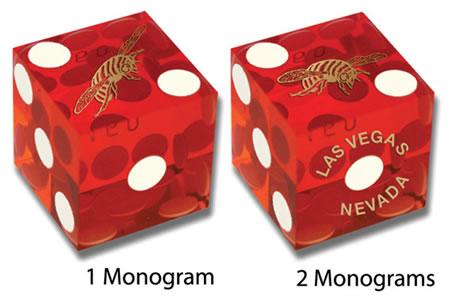
Since dice do experience normal wear-down during long play sessions, casino dealers swap out the old ones every few hours.
6. Rhythmic Rolling
How It Works: This is sometimes considered to be part of the art of dice sliding. Rhythmic rolling is putting any sort of ‘touch’ on the die to manipulate what numbers come or don’t come up.
How Casinos Stop It: While it’s not technically cheating in the same way card counting isn’t, casinos (unsurprisingly) aren’t fans of seeing rolls that don’t shake around in a shooter’s hand before a throw.
A habitual rhythmic roller may be asked to shake the dice in their hand before throwing or simply ‘asked’ to go play something else.
The foam spikes or ‘alligator bumpers’ along the perimeter of a craps table are also there to help ensure randomness and negate any sort of technique a thrower may be putting on the dice.

